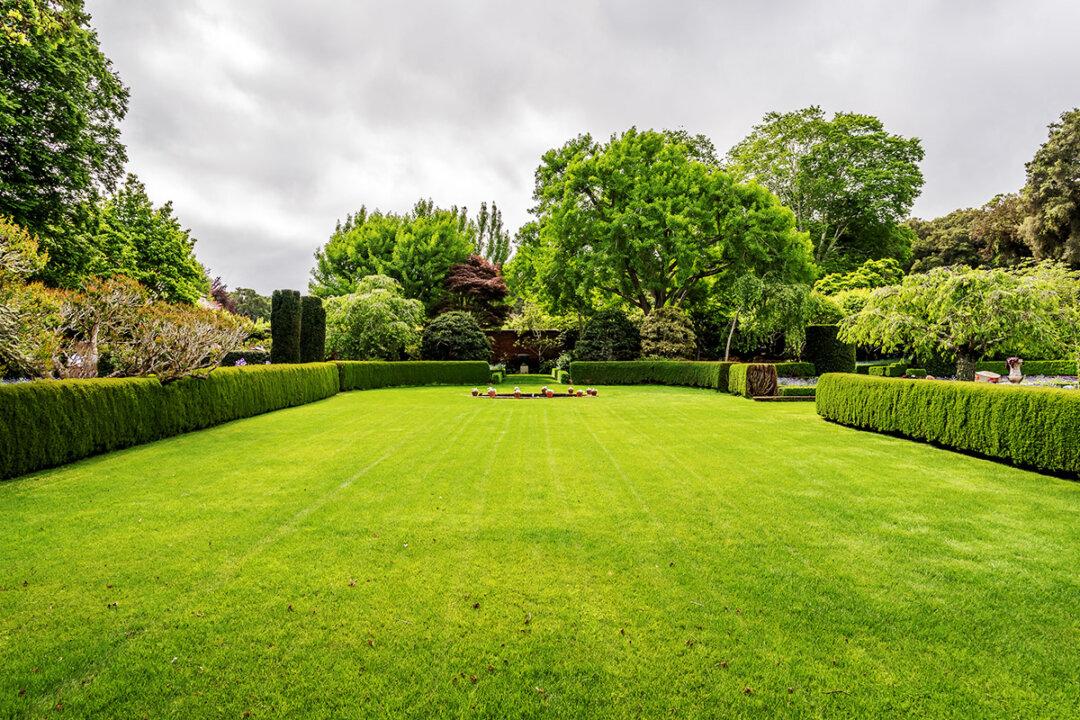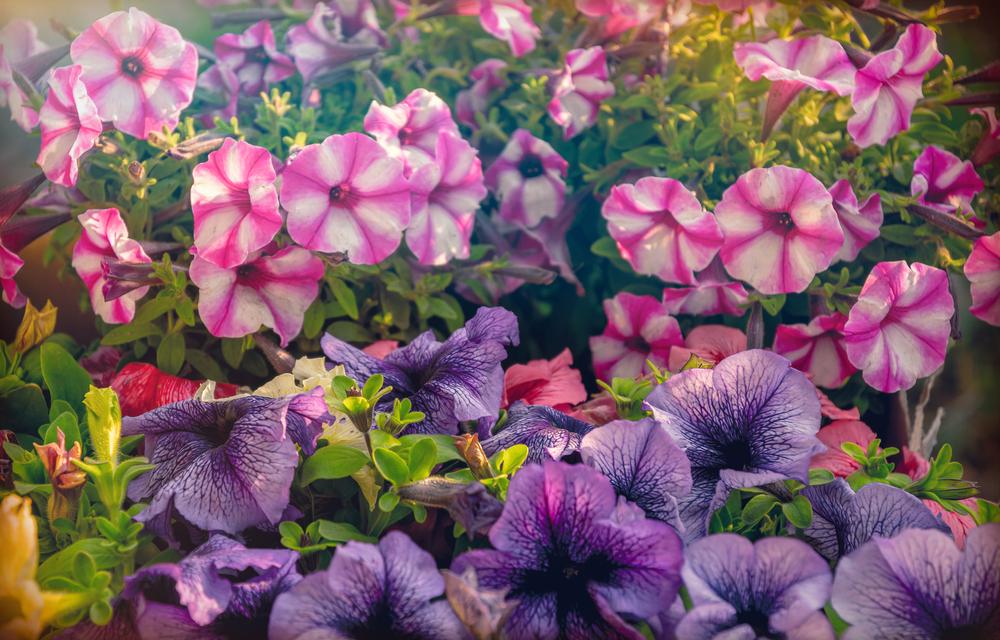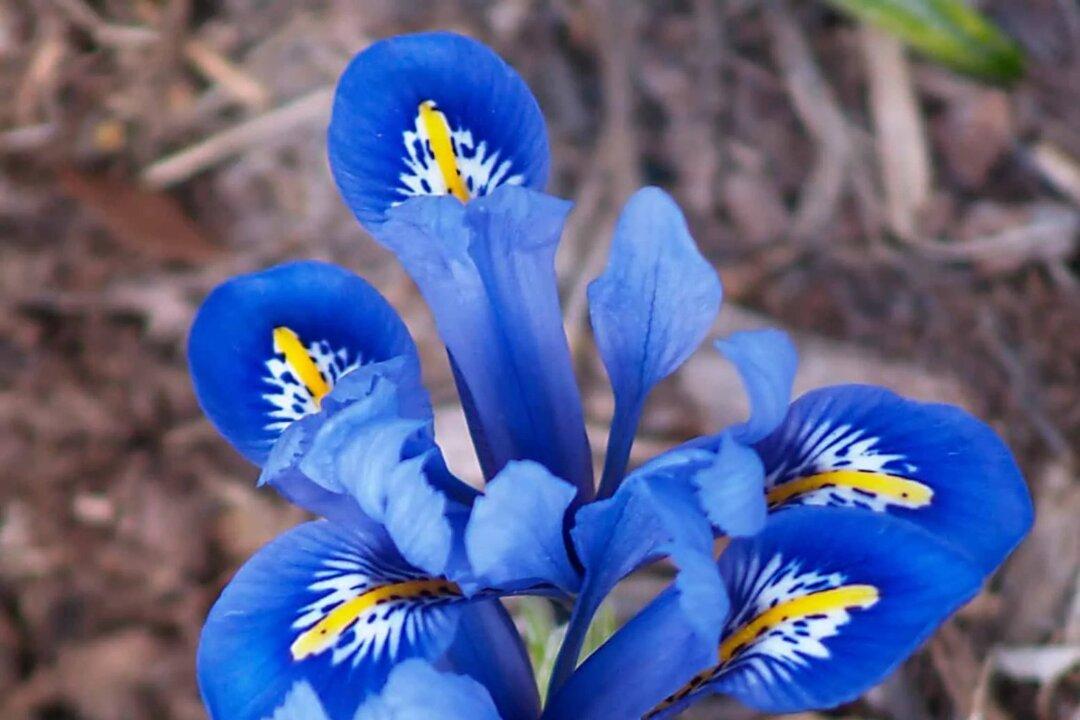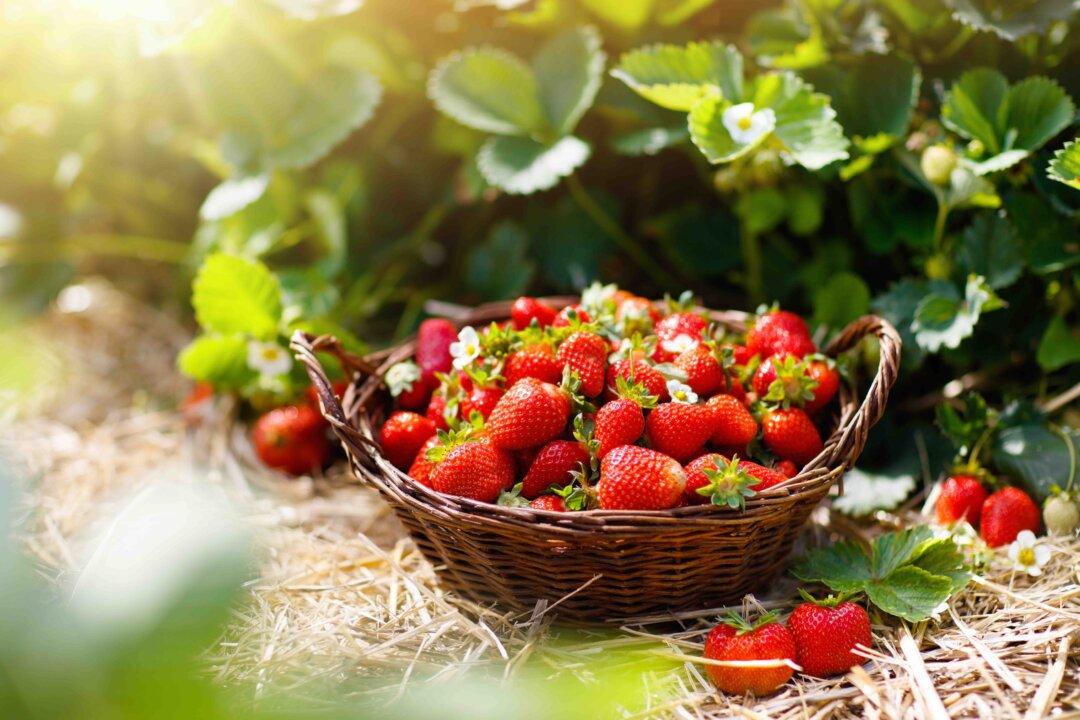The history of the American lawn was driven by technology, desire for social status, and marketing. Its roots are in the estate gardens of the Middle Ages.
In the U.S., green, weed-free lawns were rarely seen before the late 19th century. Prior to this, the front yards of rural U.S. homes featured “gardens” of packed earth and small flowerbeds planted with edible and medicinal plants, watered by buckets (garden hoses weren’t yet invented). At the time, a green lawn in the American front yard was an idea promoted by wealthy travelers to Europe and England who became enamored with the classical Roman-style landscape architecture. This style of landscaping, seen only on the largest estates in Europe, featured enameled meads sloping away from sprawling mansions, much like the landscaping seen at the U.S. White House.





